Wild cats are some of the most fascinating creatures in the animal kingdom, boasting unique traits that set them apart from their domestic relatives. While lions, tigers, and leopards often steal the spotlight, the world of rare wild cats is equally captivating. These elusive felines showcase extraordinary adaptations and behaviors that make them truly one of a kind.
Master of Desert Survival
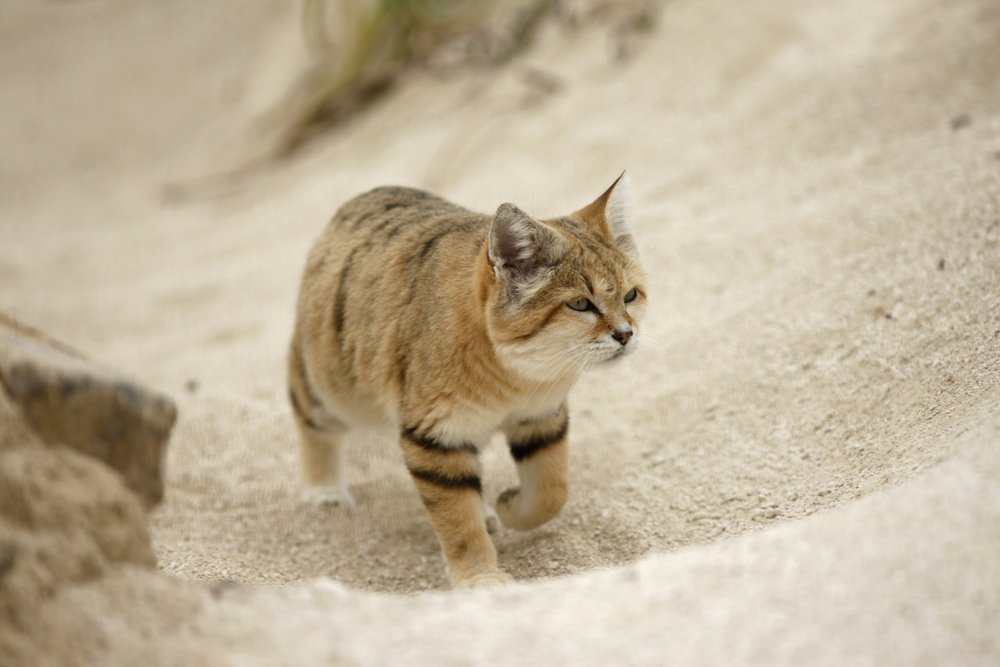
The sand cat, found in arid regions of Africa and Asia, is perfectly adapted to life in the desert. With thick fur on their paws, they can navigate scorching sands without discomfort. Their ability to survive without free water for long periods is remarkable, relying on moisture from their prey to stay hydrated.
Fluffy and Elusive
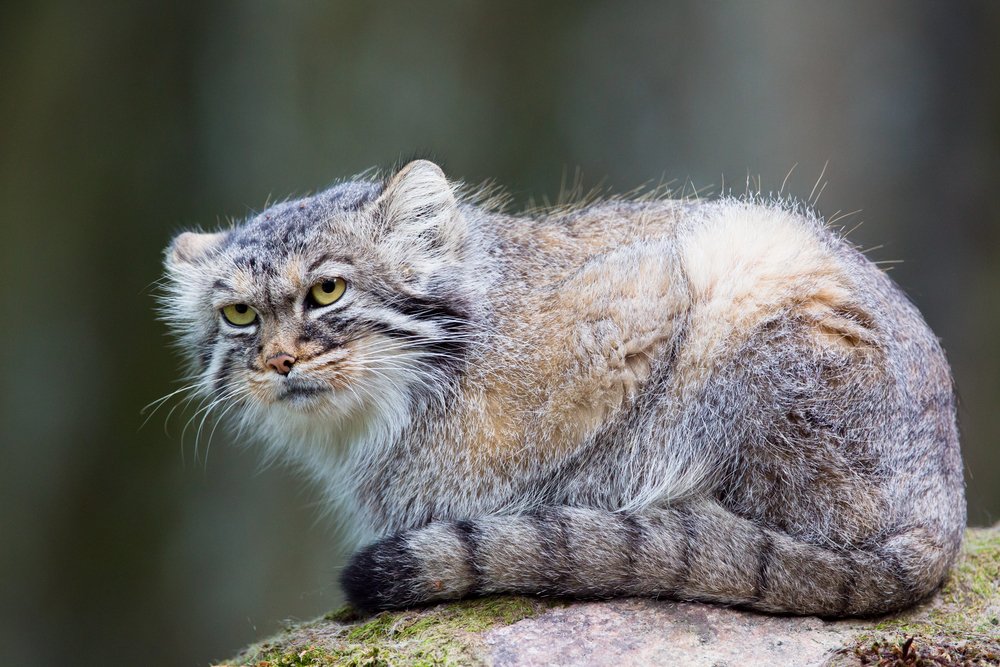
The Pallas’s cat, also known as the manul, is a small wild cat native to Central Asia. Its dense fur gives it a round, fluffy appearance, which provides insulation against the harsh cold. Known for their solitary and elusive nature, Pallas’s cats are rarely seen in the wild, making them one of nature’s most mysterious felines.
Aquatic Hunter
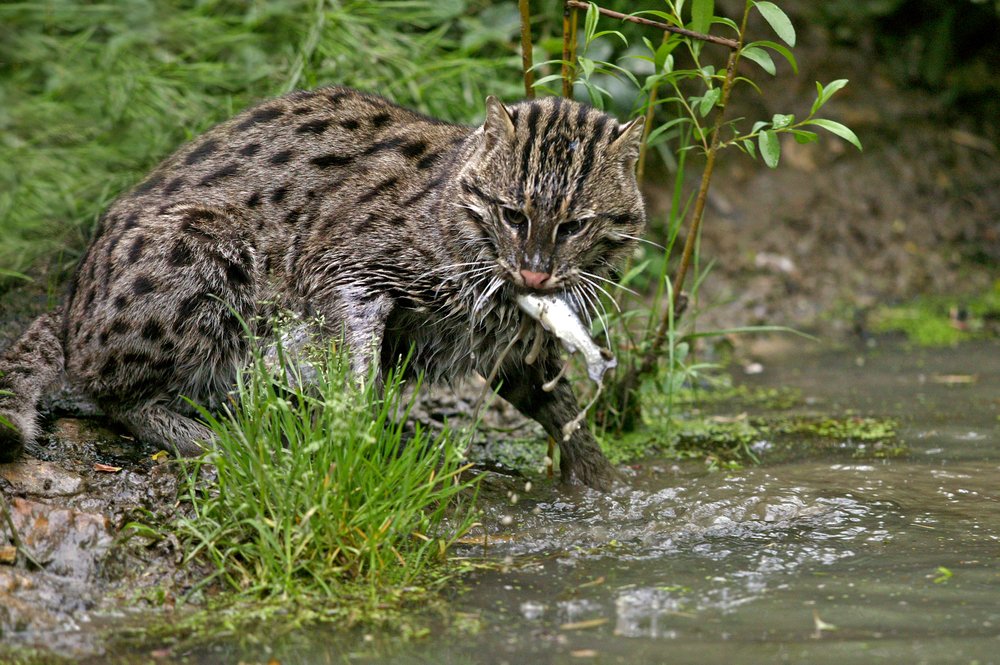
Unlike most cats, the fishing cat loves water. Found in wetlands across South and Southeast Asia, this medium-sized feline is an expert swimmer and hunter. With partially webbed feet, the fishing cat catches fish and other aquatic prey, demonstrating a unique adaptation rarely seen in the feline world.
The Tiny Predator
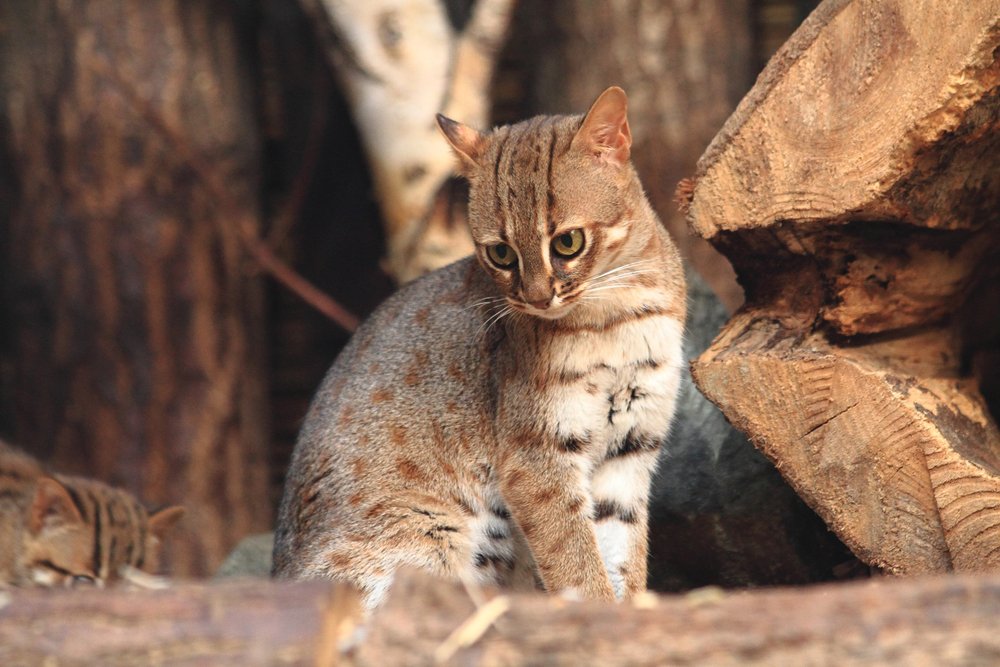
One of the smallest wild cats in the world, the rusty-spotted cat is native to India and Sri Lanka. Weighing just 2 to 3 pounds, it’s often called the “hummingbird of the cat family.” Despite its diminutive size, this cat is a skilled predator, hunting rodents and birds with incredible agility.
Master Acrobat
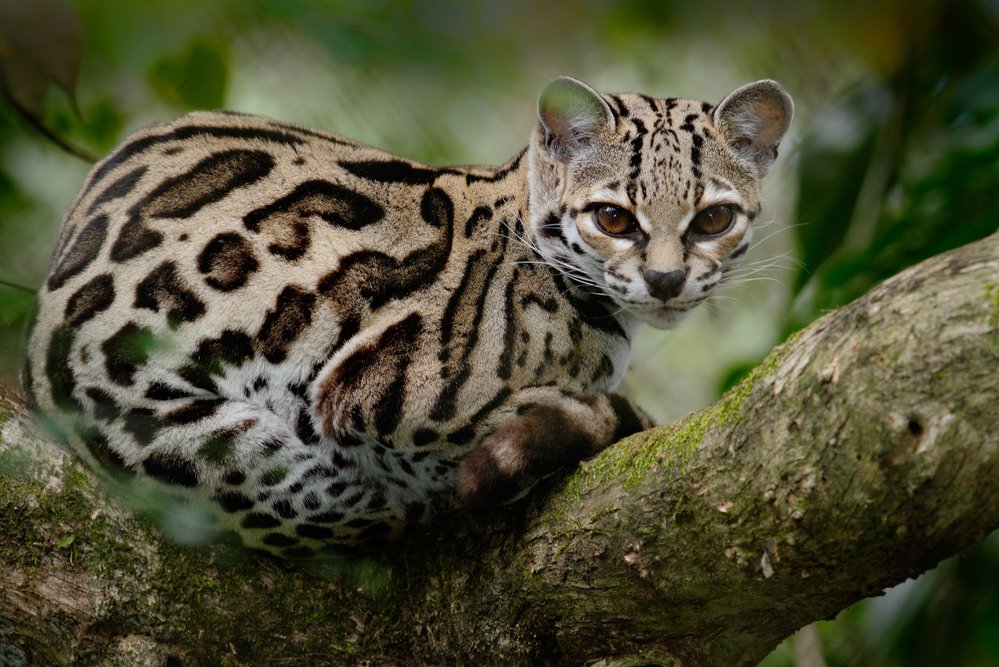
The margay, native to the forests of Central and South America, is renowned for its extraordinary climbing abilities. With ankles that can rotate up to 180 degrees, it can climb headfirst down trees and leap between branches with ease. This adaptation makes the margay a true arboreal acrobat, perfectly suited for life in dense jungles.
The Leaping Cat
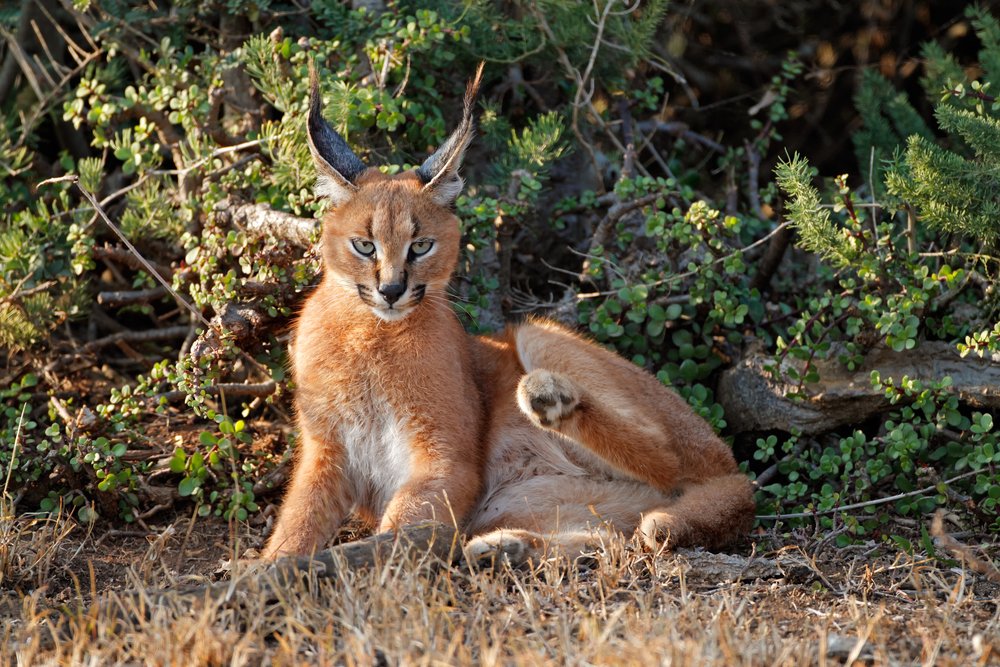
Known for its striking tufted ears, the caracal is a medium-sized wild cat found in Africa, the Middle East, and Central Asia. It’s famous for its powerful leaping ability, capable of jumping several feet in the air to catch birds mid-flight. This agility and precision make it a formidable hunter.
Preserving Rare Wild Cats
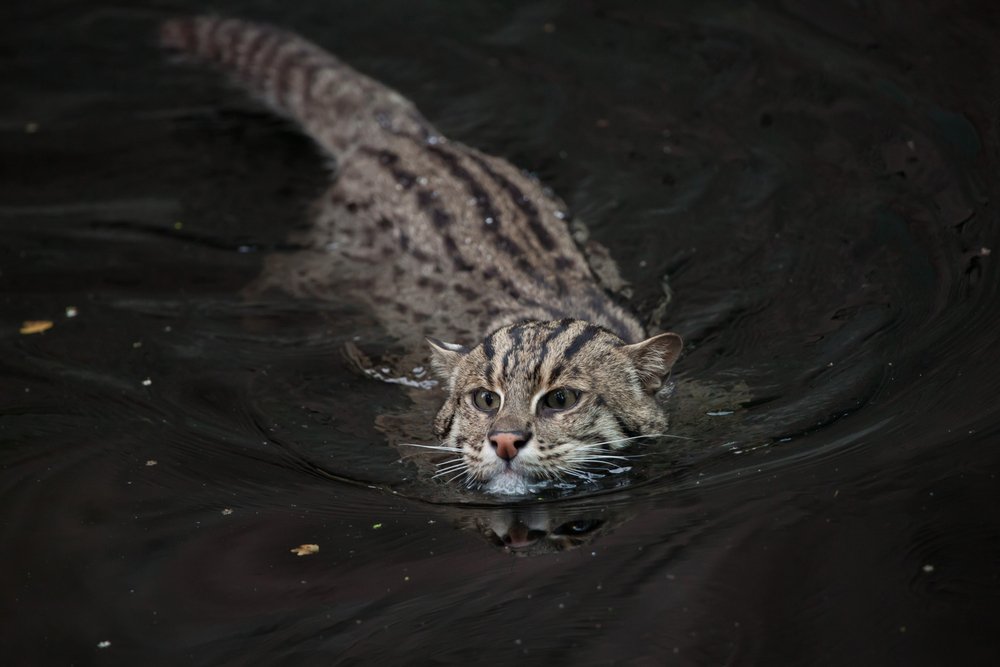
Many of these rare wild cats face threats from habitat loss, climate change, and human activity. Conservation efforts are critical to ensuring their survival, protecting not only the cats themselves but also the ecosystems they inhabit. By learning about and appreciating these incredible creatures, we can play a role in their preservation.
Rare wild cats remind us of the beauty and diversity of the natural world. Their unique traits and behaviors are a testament to nature’s ingenuity, inspiring awe and a sense of responsibility to protect these extraordinary species.

Growing up traveling and experiencing new cultures and wonders, I have had a passion for nature, adventuring, photography, and videography. I am currently working towards a BSc in Biodiversity and Ecology at Stellenbosch University, and I hope to specialise in Marine Sciences one day.
Please send any feedback to Feedback@animalsaroundtheglobe.com






